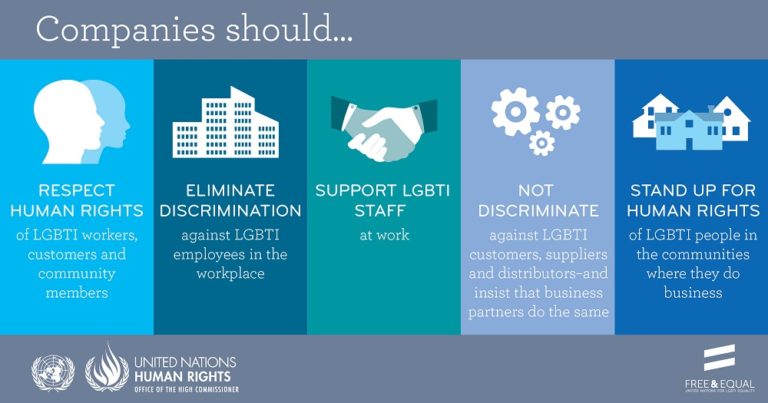By Steve Coco, Amy Heinze, and Rebecca Brereton
(From the editor: A question on Workforce.com: A reader asked: “How do we set improvement priorities?” The reader explained that in an employee opinion survey, the staff identified their top three concerns: rewards, recognition and career advancement. Which area should they focus on first?
For the answer, Workforce.com turned to three experts from Buck Consultants, A Xerox Company. Their answer follows.)
All three of these areas are important — they drive retention and employee engagement, contribute to your organization being a great place to work and are associated with visible HR programs. So the question becomes how do you prioritize these three things?

Let’s begin by taking a step back to consider the degree of organizational impact and relative difficulty of implementing improvements in each area. Addressing employee concerns that offer both high organizational impact and low difficulty in implementation should be your first priority, while attending to concerns of medium organizational impact and difficulty should be regarded as secondary priorities to be phased in over time. Areas of lowest impact and highest difficulty should be approached last, if at all.
From an organizational impact standpoint, let’s consider two lenses: the employee lens and the employer lens. While rewards, recognition and career advancement are all important to the employee, only career advancement directly impacts your organization’s ability to deliver. Said another way, rewarding employees appropriately and recognizing them for good work are both critical to high productivity and reducing turnover costs, but only the investment in employees’ career advancement enables you to retain and develop high performers to increase the overall capability of your company.
Career advancement has the most long-term impact for both the employees and the company; however, the common theme among all three of the concerns cited by your employees is a desire to feel valued. The frequent recognition of employee contributions will have the most immediate impact on employee satisfaction when looking through that lens. Reward programs are the least visible of the three employee concerns, and therefore have a relatively lower organizational impact.
From a difficulty standpoint, both cost and effort should be considered. Experience has shown us that recognition programs can be implemented quickly, with relatively little effort and in many cases very little, if any, cost associated with the programs themselves. Recognition programs develop engaged communities of employees who share their achievements and innovative practices. Examples range from innovative peer-to-peer recognition programs — in which employees award points to one another based on their perception of peer performance and achievements, and then trade points for the benefits and perks they value most — to the time-tested implementation of a more recognition-oriented culture with top-down education and modeling (i.e., “pats on the back” and “thank yous” from leaders and managers).
Career development programs tend to take longer to design, as they require definition of career paths, behavioral and technical competencies and specific development opportunities associated, a mechanism to track progress and a commitment to move individuals who are ready to the next step in their career. This impacts succession planning, budget and your talent pipeline. Rewards are of highest difficulty because of the potentially high cost to change and the involvement of a large number of stakeholders.
In conclusion, we recommend that you begin by implementing a few targeted recognition programs that are strategically designed to drive behavior aligned with the organization’s goals, and that are rolled out and communicated in a highly visible manner. These programs will address employee concerns in a way that is noticeable and immediately felt. Second, address career advancement by defining clear career paths and development opportunities to get “from here to there,” including structured training, on-the-job experience and network/feedback-based learning. Finally, tackle improved rewards programs. Your best results will come from wrapping all three of these efforts into a single initiative with a “brand” so the response is coordinated and employees see the changes as part of a bigger plan to invest in you.
Steve Coco (New York), Amy Heinze (San Francisco) and Rebecca Brereton (New York), are subject matter experts in the People, Pay & Performance practice at Buck Consultants, A Xerox Company.




Hi there, You’ve done a great job. I’ll definitely digg it and personally
recommend to my friends. I’m confident they’ll be benefited from
this web site.
Thank you for your kind words. If you care to, you may subscribe to Simplify Work so that you and your friends don’t miss a thing.